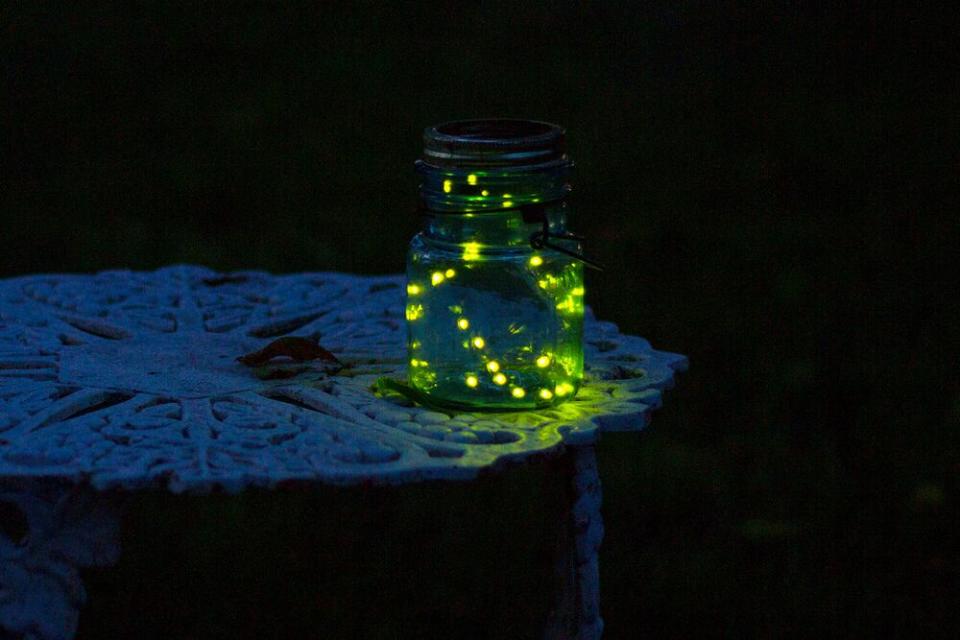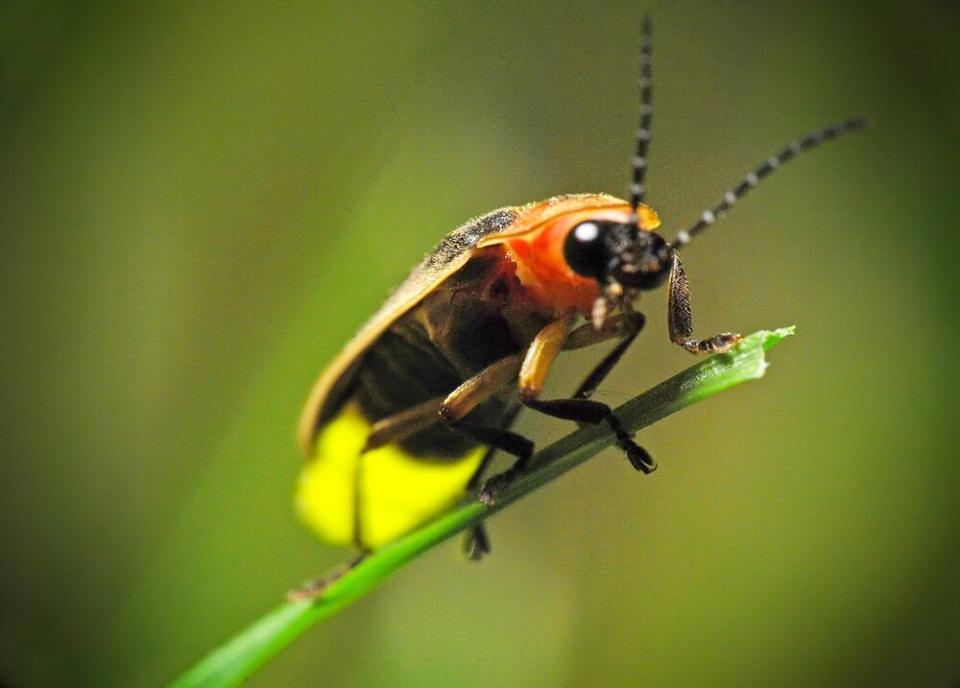Fireflies Possibly at Risk of Extinction Due to Humanity's Use of Artificial Light, Experts Say

Don’t leave the light on for fireflies.
According to a new study in the journal BioScience, thousands of species of fireflies could be at risk of extinction due habitat loss and humanity’s use of pesticides and artificial light.
“Despite evidence of declines, a comprehensive review of the conservation status and threats facing the approximately 2000 firefly species worldwide is lacking. We conducted a survey of experts from diverse geographic regions to identify the most prominent perceived threats to firefly population and species persistence,” reads the study on why its authors chose to look into the future of fireflies.
After reaching out to 350 members of the Fireflyers International Network, “a scientific organization composed of individuals with interests and expertise in firefly ecology, behavior, taxonomy, or conservation,” according to the study, and asking experts what they thought the top threats were to the survival of fireflies, the study’s authors found that habitat loss, pesticide use and artificial light were the top concerns for firefly conservationists.

“These survey results should be interpreted with caution, because they reflect only expert opinion concerning perceived threats to firefly species persistence,” the study’s authors write in BioScience, before launching into a look at each of these three threats.
RELATED: Ecologists Worry Wildlife Has a ‘Bleak Future’ as Australia Fires Propel Extinction Crisis
Habitat loss is the threat the most experts are concerned about, citing some fireflies’ dependence on certain environmental conditions for mating. As the firefly’s breeding ground is destroyed for the production of resources, experts worry that numerous firefly species will have greater difficulty breeding.
Based on the expert responses they received, the study lists humanity’s use of artificial light as the second biggest threat to fireflies.
“In addition to disrupting natural biorhythms — including our own — light pollution really messes up firefly mating rituals,” said Avalon Owens, a PhD candidate in biology at Tufts and a co-author of the study, in a news release obtained by CNN.
Along with attracting children with jars, a firefly’s bioluminescence — it’s natural ability to glow — is used to attract mates. The artificial light from signs, homes, and the overall glow of cities can overpower a firefly’s natural light, making it harder for mates to find on another.

The third threat experts expressed concerned over is the use of pesticides. Pesticides have the potential to kill both fireflies and their prey.
As the study’s authors noted, the study is not a census of the current state of the firefly population, but recent data for some species does show “populations are, in fact, declining,” Sara M. Lewis, a biologist at Tufts University and one of the study’s authors, told Washington Post.
RELATED: Tortoise Species Thought Extinct Since 1906 Discovered Alive on Galapagos Island
Lewis added that she sees this study as the “first step in the process” of understanding the current state of the world’s firefly populations, work that should help the International Union for Conservation of Nature’s Firefly Specialist Group, started in 2018 and co-chaired by Lewis, to determine which firefly species should be listed as threatened or endangered.
For those who aren’t firefly experts, but still want to do their part to protect these magical insects, Lewis suggests joining a firefly monitoring group, such as Firefly Watch. She told Washington Post that data from everyday people out in their backyards, documenting how many fireflies they see, what type the insects are and how often they flash, could help experts “figure out what species are in trouble.”

